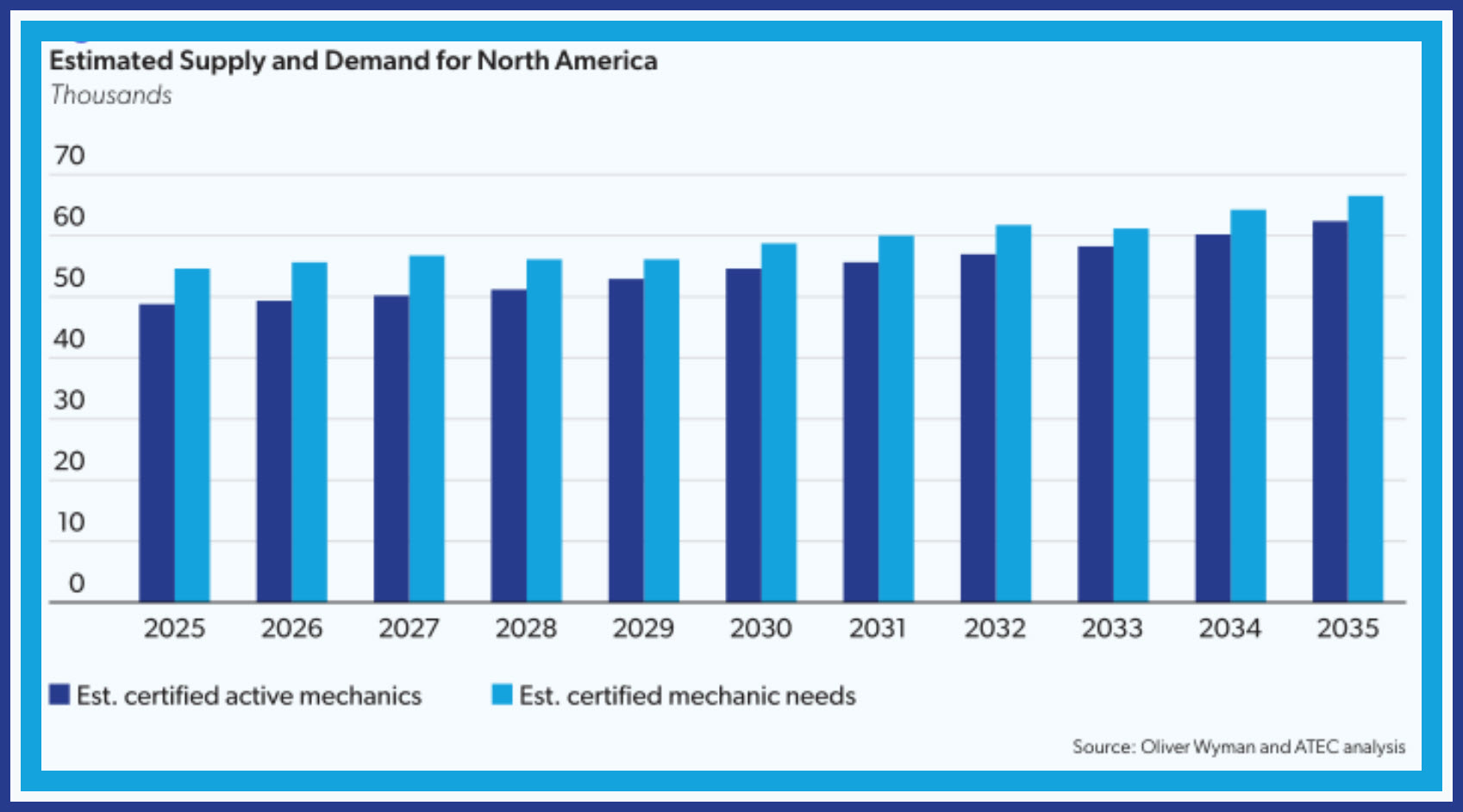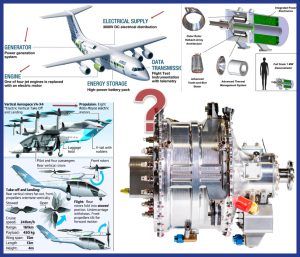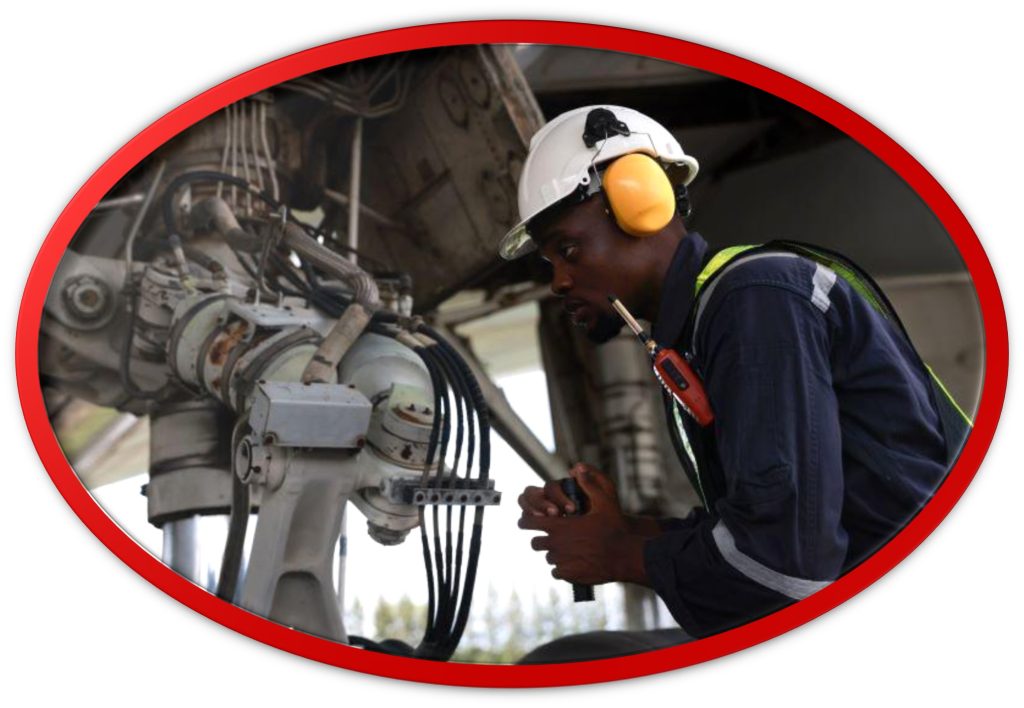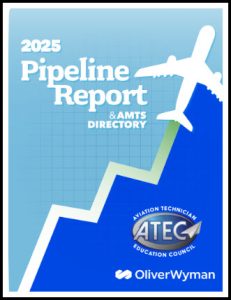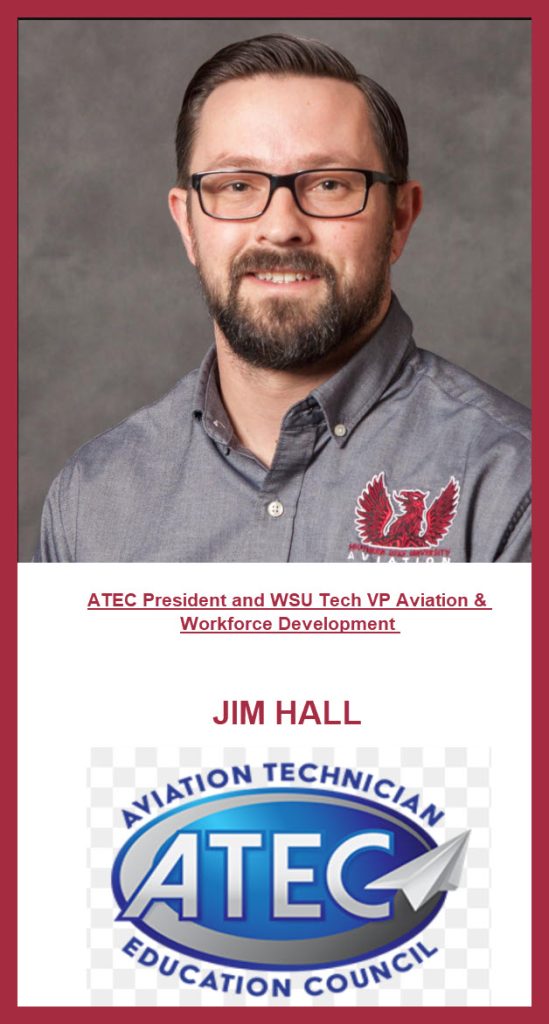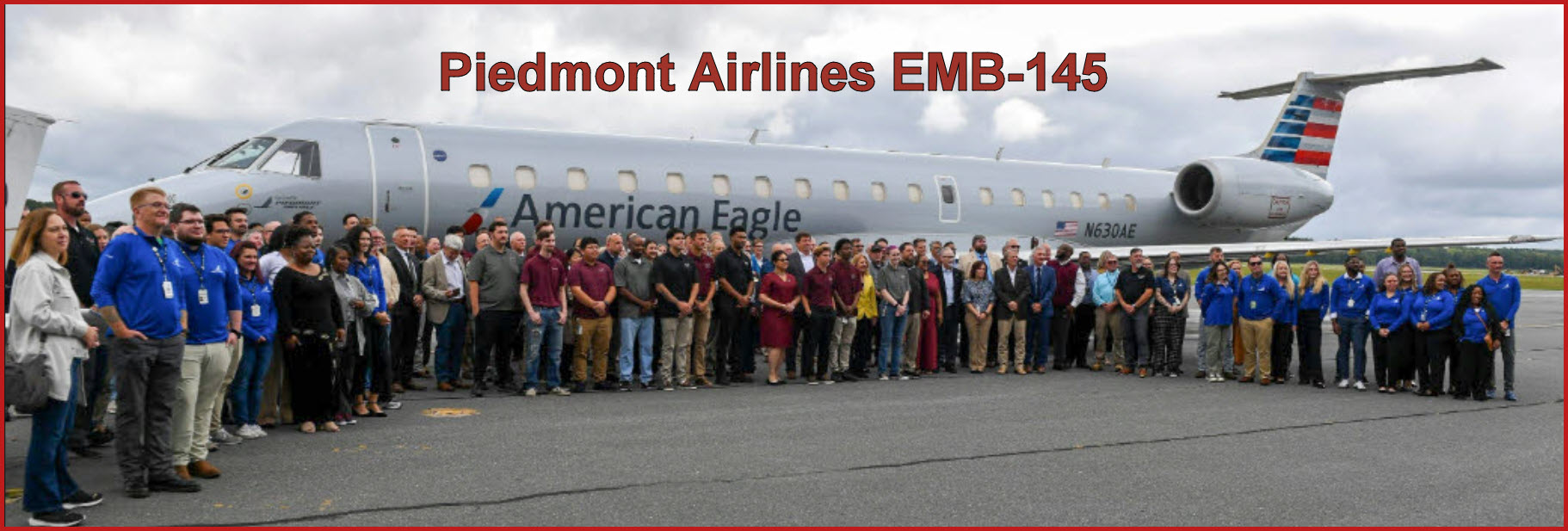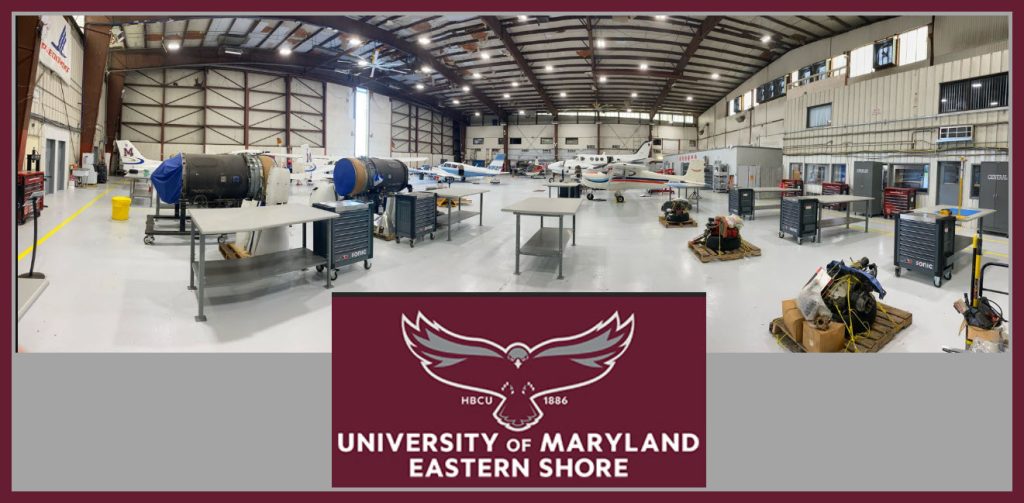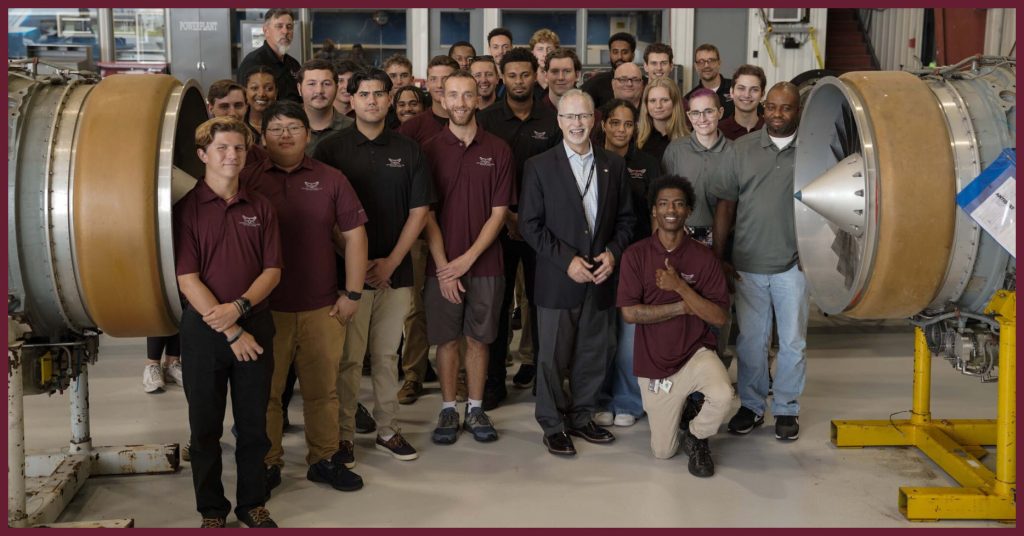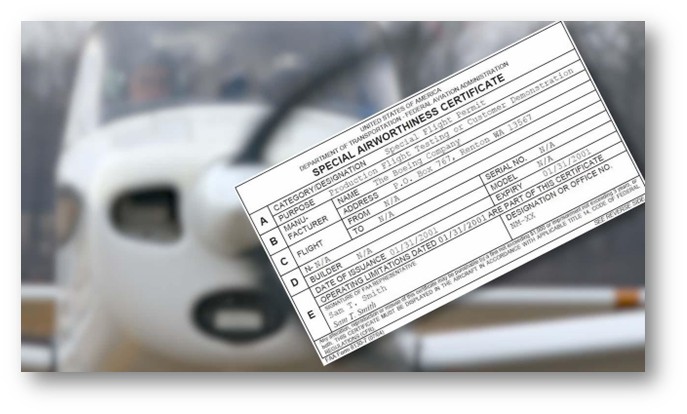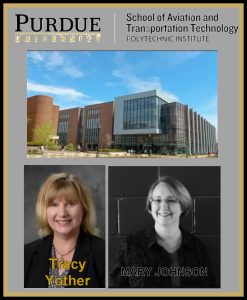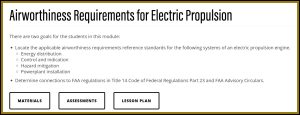Where are we as to AMT deficit now? and for 10 years? What is being done to address this shortage?

Aviation Week’s SEAN BRODERICK has digested the 2025 Pipeline Report and AMTs Directory 36 pages filled with detailed data, analysis, tables and suggested strategies and provided his ordinary fare- excellent insights succinctly delivered. Anyone, who has interest in planning maintenance now and over the future 10 years, should start with Sean’s summary and then dive into the work of ATEC and Oliver Wyman. That report includes a lot of valuable information (here is a small selection of this critical information):
-
-
- workforce 2005-2023 by gender (Figure 2),
- age distribution of AMTs (Figure 3),
- growth in Part 147 schools (Figure 9)
- barriers to AMT growth (Figure 11)
-
and
-
-
- onto Figure 19
-
` [the Aviation Week article touches on all the highlights]
Figure 8 delivers the bad news– the ESTIMATED DEMAND FOR AMT WORK CONTINUOUSLY EXCEEDS THE SUPPLY OF REPAIR PERSONNEL FOR THE NEXT 10 YEARS!!!
Not to be a nattering nabob of negativism[1] purveyor, there are several reports of efforts to try to increase the AMT supply.
FIRST— Eric Morgan, CEO of Piedmont Airlines, [see second article below] announced that his American Airlines subsidiary was donating one of its Embraer E-145s, fully operational and with two Rolls-Royce static turbofan jet engines to the University of Maryland Eastern Shore. As he explained this was not just a charitable contribution but a strategic investment in the future workforce of the aviation industry.
The physical asset is now at UMES’ Part 147-certified Aviation Maintenance Technician School (Located at Salisbury Regional Airport). As the director of the school explained, this real word equipment provides his student with the practical , hands on experience that translates to improving the students’ skill base when the start their professional careers– QUALIFIED AMTS FASTER. Further UMES’s location and student body provide untapped community for airline maintenance work.
It should be noted that UMES’s existing curricula will add to the knowledge of these future AMTs (being taught the technical basis for repairs, not just the “pass the test” answers.UMES also offers a Bachelor of Science in Aviation Science with concentrations in:
- Professional Pilot
- Aviation Management
- Aviation Electronics
- Aviation Software
This is not an isolated “partnership” between airlines and institutions training AMTs; here are a few prominent examples
- Delta Air Lines with Aviation Maintenance Schools Nationwide—the Delta Propel Program: Offers career pathways for maintenance students plus scholarships, mentorship, and direct hiring opportunities.
- American Airlines with Tulsa Tech & Other Schools. Equipment donations, curriculum alignment, and job placement support
- United Airlines with Aviation High School (NYC)- United provides mentorship and career exposure. UA offers early pipeline development for aviation maintenance careers
Second, aviation’s accelerated innovation poses a challenge of what these future AMTs should be taught. NIST awarded a $100,000 grant to two professors at Purdue Polytechnic’s School of Aviation and Transportation Technology to develop two educational programs for ELECTRICAL POWERPLANTS, a likely primary source of propulsion for both fixed wing and eVTOL aircraft.
Batteries, overheating, energy consumption during takeoff, monitoring remaining power, wiring as the primary means of connecting an engine to the electrical source, control, spooling up delays(?). hazard mitigation, recharging, installation, and maintenance have not been included in carbon powerplant curricula. The professors deliver the following to the relevant teachers—
- comprehensive lesson plans,
- instructional videos,
- guided group activities,
and
- assessment tools.
The broad spectrum of possible batteries and other as-of-yet-unknown technologies make the Purdue lesson plans a first iteration, but they serve as a needed base for the training which needs to be part of the current classes.
Mechanic Pipeline Filling, But Not Fast Enough, Report Says
Sean Broderick September 18, 2025
Credit: Narai Chal / Getty Images
Notable year-over-year upticks in FAA-issued mechanic certificates and enrollment at certified training schools are positive trends, BUT more workforce pipeline growth is needed to meet projected demand for aviation maintenance technicians, a new industry report shows.
The FAA issued just more than 9,000 new mechanic certificates last year, OR 4% BELOW 2023’S RECORD-SETTING ANNUAL TOTAL, the latest edition of the Pipeline Report shows. Aviation maintenance technician schools (AMTS) saw enrollment increase 9%, suggesting that efforts to increase AMTS contributions to the pipeline are paying off. Total graduates decreased 5% from 2023’s record-setting figure of just more than 10,000, the report, produced annually by the AVIATION TECHNICIAN EDUCATION COUNCIL (ATEC) and OLIVER WYMAN, said.
But increasing demand and projected retirements are expected to leave commercial aviation with 10% FEWER certificated mechanics than it needs this year, the report said. Add in demand from business and general aviation and the role of non-certified technicians, and the gap is larger.
Oliver Wyman estimates the U.S. commercial aviation maintenance workforce—including both certificated mechanics and non-certified technicians—numbers about 431,000 personnel.
Expanding demand and worker retirements are expected to drive a 10% shortage in certified mechanics to meet commercial aviation needs this year. This shortfall is projected to soften to 6% by the end of the decade but not surpass demand, representing a gap of 4,200 certificated mechanics in 2035.
“We’re seeing some measurably positive trends at the grassroots level, building interest in pursuing aviation maintenance and the training needed to earn an FAA certificate,” ATEC President and WSU Tech VP Aviation & Workforce Development JIM HALL said. “Near-term challenges will include bolstering these trends while ensuring that we have enough specialized personnel, notably instructors and examiners, to support it.”
Despite the enrollment growth at schools that prepare students to earn airframe and powerplant (A&P) certificates, the instructor workforce remained flat in 2024.
“As demand for technical talent grows, AMTS face steep competition from industry, where salaries are significantly higher,” the report said. COMPENSATION IS A MAJOR ISSUE—part of a larger challenge of having sufficient resources that many AMTS’s reported as part of a survey conducted for the report. ATEC, through its ATEC Academy, is spearheading efforts to target retired mechanics and offer training that supports a transition into teaching.
Availability of designated mechanic examiners (DMEs) that give oral and practical tests needed for certification is also an issue. The FAA reported 254 active DMEs in 2024, down slightly from 2023. They handled 11,600 tests, or about 2,000 more than in 2023.
The FAA is working on expanding its organization designation authorization (ODA) program to allow other industry experts, such as AMTS faculty, to administer tests through established, FAA-approved ODA units attached to their organizations. But a final policy is still in development.
ATEC projects that industry needs about 75 more DMEs—a 30% increase—to meet projected testing demand.
Senior Air Transport & Safety Editor Sean Broderick covers aviation safety, MRO, and the airline business from Aviation Week Network’s Washington, D.C. office.
Piedmont Airlines Donates Aircraft to University of Maryland Eastern Shore
September 18, 2025By ePlane AI
Embraer E145
Piedmont Airlines[2] has donated a fully operational Embraer E145 aircraft along with two Rolls-Royce static turbofan jet engines to the University of Maryland Eastern Shore (UMES)[3].
This contribution supports the launch of UMES’s FAA Part 147-certified Aviation Maintenance Technician School, providing students with critical hands-on training as they prepare for careers in aviation maintenance. As a regional carrier and subsidiary of American Airlines, Piedmont views this donation as a strategic investment in the future workforce of the aviation industry.
Enhancing Aviation Education and Workforce Development
Eric Morgan, CEO of Piedmont Airlines, emphasized the company’s commitment to workforce development, stating that the donation represents more than just physical assets. “We take great pride in donating this aircraft and engines to UMES’ students, knowing that these resources are more than a tangible contribution—they’re an investment in the long-term future of aviation,” Morgan said. He highlighted the importance of equipping students with real-world tools to cultivate a skilled and diverse talent pool, which is essential for strengthening the aviation sector.
The inaugural class of 15 students commenced studies in late August. Piedmont played an active role in shaping the program’s curriculum, collaborating with local and state partners including Wicomico County, the state of Maryland, and Salisbury-Wicomico Economic Development. UMES stands out as one of the few historically Black colleges and universities (HBCUs) in the United States offering an FAA-certified airframe and powerplant program.
Chris Proscia, manager of the aviation maintenance program at UMES, described the donation as transformative for the students. “Having access to a fully functional aircraft and industry-grade engines is a game-changer for our students,” he said. Proscia noted that these resources enable the program to deliver hands-on training that closely replicates real-world maintenance scenarios, thereby enhancing graduates’ competitiveness in the aviation maintenance field.
Strategic Industry Context and Future Implications
UMES’s location near Piedmont’s maintenance base in southeast Maryland offers additional educational opportunities, allowing students to tour airline hangars and engage directly with Piedmont’s maintenance personnel. Since 2021, Piedmont has donated seven aircraft engines to various educational institutions along the East Coast, including UMES.
This donation arrives amid a challenging environment for Piedmont, which faces intensified market competition, evolving taxation policies, and potential tariffs that could affect the broader charter and regional airline industry. Industry analysts suggest that such high-profile contributions may attract scrutiny from competitors and stakeholders monitoring any operational changes linked to Piedmont’s reduced fleet. Major carriers like United Airlines may respond with strategic adjustments to capitalize on shifts in Piedmont’s market presence, while Southwest Airlines’ potential international expansion could further reshape the competitive landscape, indirectly influencing Piedmont’s positioning.
Despite these external pressures, Piedmont’s investment in aviation education underscores its dedication to nurturing the next generation of skilled technicians and reinforcing the industry’s talent pipeline.
Professors implement nearly $100,000 NIST grant to develop electric aircraft propulsion curriculum
Written by Nick Pompella | Sep 17, 2025 |
Two professors from Purdue Polytechnic’s School of Aviation and Transportation Technology have provided deliverable on a grant from the National Institute of Standards and Technology (NIST) to develop educational modules focused on the SAFETY AND DESIGN STANDARDS FOR ELECTRIC AIRCRAFT PROPULSION.
The project, led by TRACY YOTHER, an assistant professor, and MARY JOHNSON, a professor and associate head for graduate education and research, received $99,927 to create the new curriculum. The initiative addresses a critical need to train the next generation of aviation professionals as the industry shifts toward more sustainable and electric technologies.
The grant will support the creation of two new educational modules:
“AIRWORTHINESS REQUIREMENTS FOR ELECTRIC PROPULSION”
and
“MINIMUM DESIGN REQUIREMENTS FOR ELECTRIC PROPULSION.”
These modules will incorporate international standards, including those from the standards organization ASTM, directly into the classroom.
The curriculum will include comprehensive lesson plans, instructional videos, guided group activities, and assessment tools. The materials are designed for integration into undergraduate courses on aircraft powerplant technology and graduate-level courses in aviation and aerospace sustainability.
By focusing on real-world certification and safety standards, the project aims to bridge a critical gap in aviation education, preparing future engineers, designers, and maintenance professionals for the specific challenges of the emerging hybrid-electric and all-electric aircraft industry.
All developed materials are publicly available on a dedicated Purdue website.
[1] Credit to the speech writer for Vice President Spiro T. Agnew September 20,1970.
[2] Piedmont Airlines, Inc. is an American regional airline headquartered at the Salisbury Regional Airport in Wicomico County, Maryland, near the city of Salisbury. The airline is a wholly owned subsidiary of the American Airlines Group
[3] UMES is a public historically black land-grant research university in Princess Anne, Maryland. Founded in 1886 and its motto Facta, Non Verba (deeds not Words) indicates that from its first days its pedagogical principle is the standard defined by famous Harvard education Professor John Dewey. It is part of the University System of Maryland. It is classified among “Research Colleges and Universities”.
